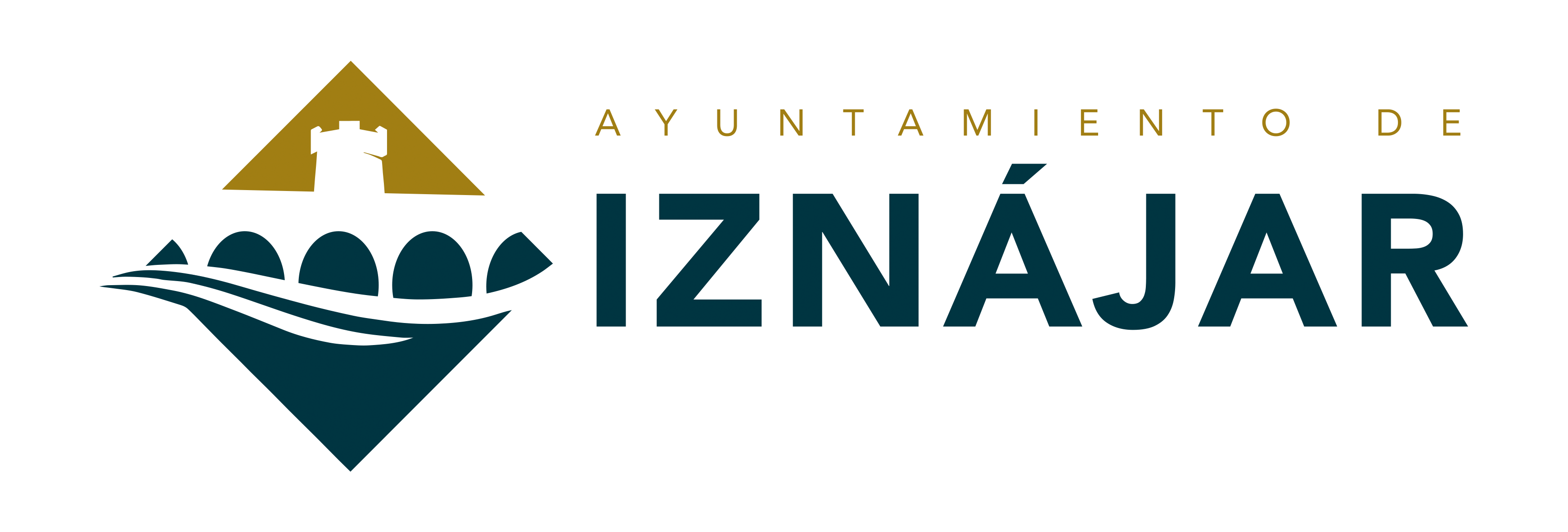We stand inside the doors of the Antique Hermitage, a XVIIth century building, composed by a big domed shed, at the end of wich appears a dressing room from the XVIIIth century. It is decorated by eight vaults and a little central dome elevated on four columns. This Hermitage has a peculiar shape for this región, wich normaly has simple squared or octogonal enclosures.
In the inside, the Pity Virgin (Virgen de la Piedad), local virgin and Saint Patron of the village can be seen. A piece of art made of polychromed baked mud, aestetically flanked in the flamenco-burgundy movement, similar to the Fuensanta in the city of Cordoba.
The image´s date is estimated to the 5th century. The building is similar to the Lorenzo de Mercader of Brittany, who worked in Sevilla from 1453 to 1467. Its authorship is accredited to a follower artist, having worked for the maestro during several years.
Inside the Hermitage, on the right lateral, an arch leads to the chapel “Nuestro Padre Jesús Nazareno”. It is made of a squared floor and a vault with waffle rosette edges.
The chapel offers views to a Renaissance altarpiece, work by Francisco Franco Roldán, recently restored. This altar is used to present a nice and curious Barroque boudoir, where the Christ is guarded. This dressing room is decorated with fauna and flora plaster patterns, such as the martyrdom symbols and a canvas at the back with a simple piety. Down this canvas is the popular “Mascarón de la Antigua” or old figurehead, a face with grotesque features made of plaster and representing Simon Cirineo. Note that this latter whitstands up a tunel giving access to the La Antigua courtyard.
The carving of Jesus Nazareno dates from 1702 and was made by the Antequeran sculptor Antonio del Castillo, following the art patterns of the Granadian School. The Calvary Parade´s popularity, on the Holy Friday morning, made that this image was followed by the population with an especial fervour and considerated Iznajar´s Lord of the Holy Week, receiving institutional recognition in 2017.

